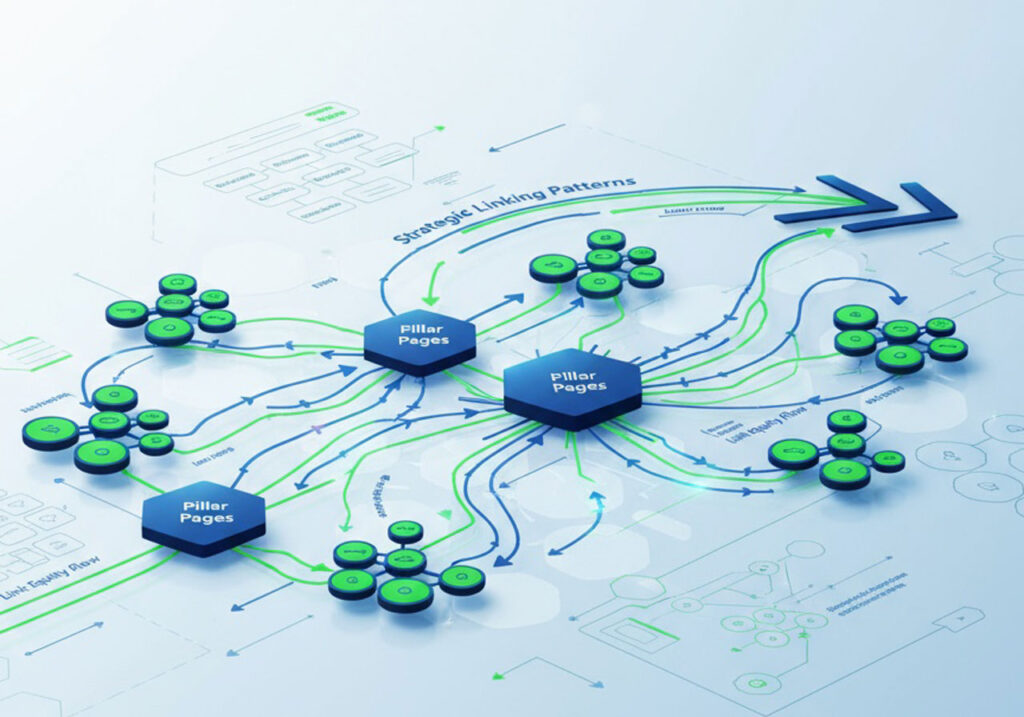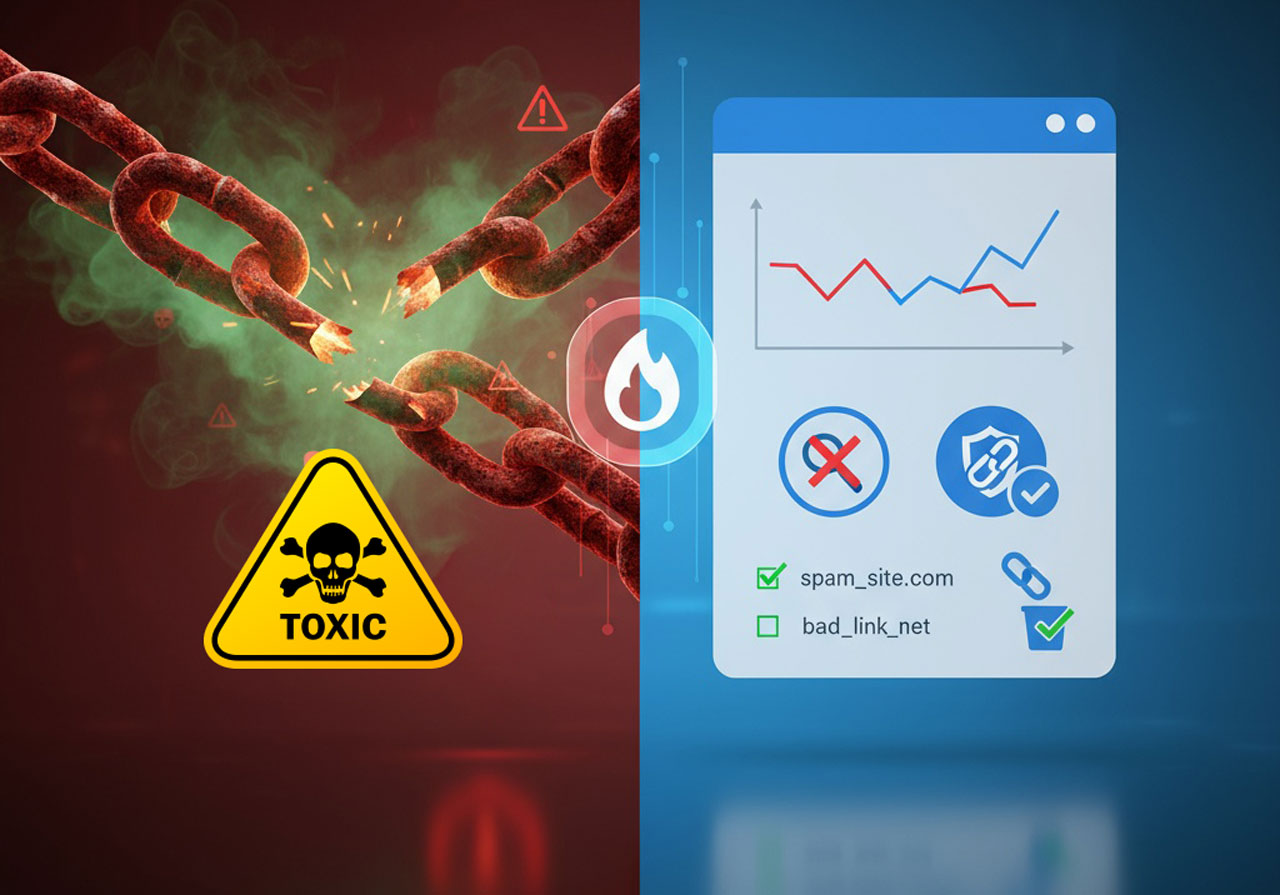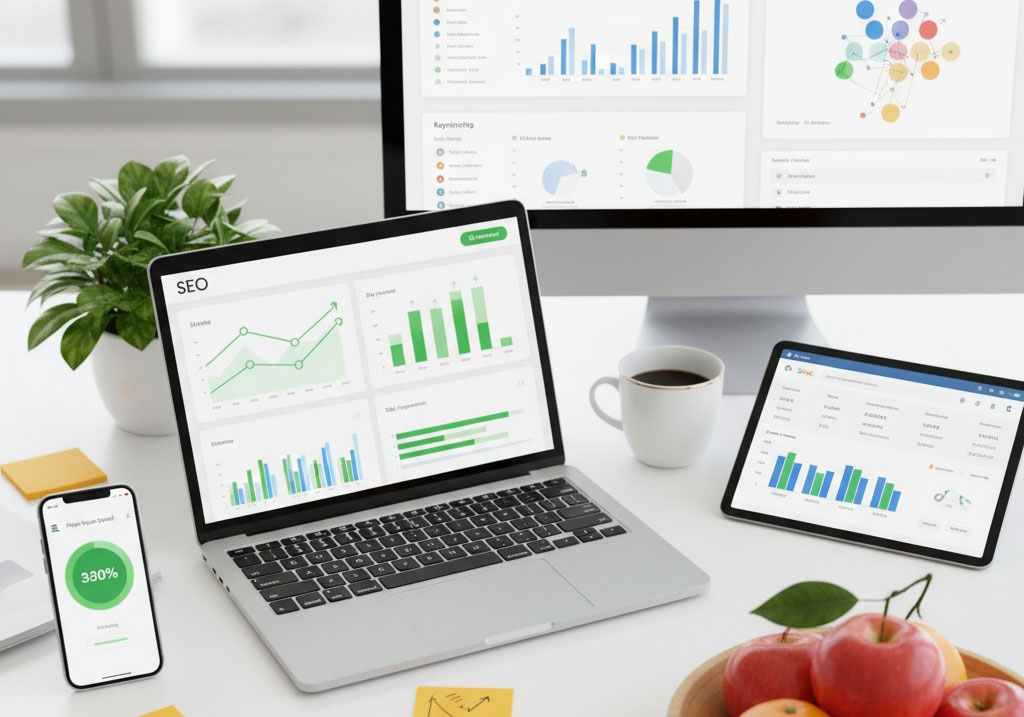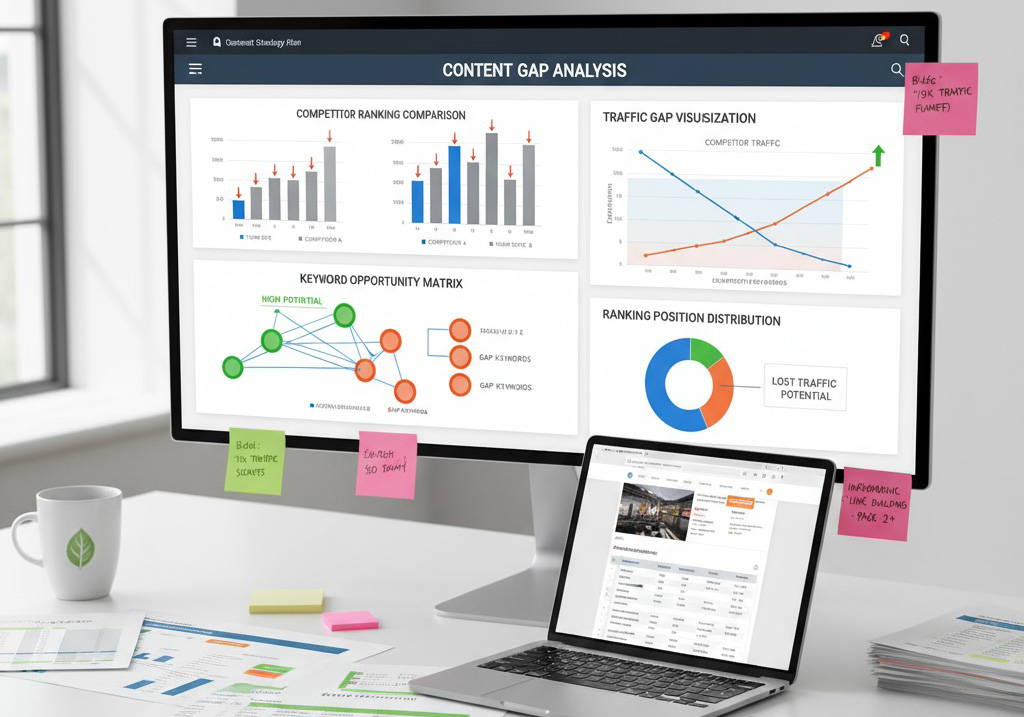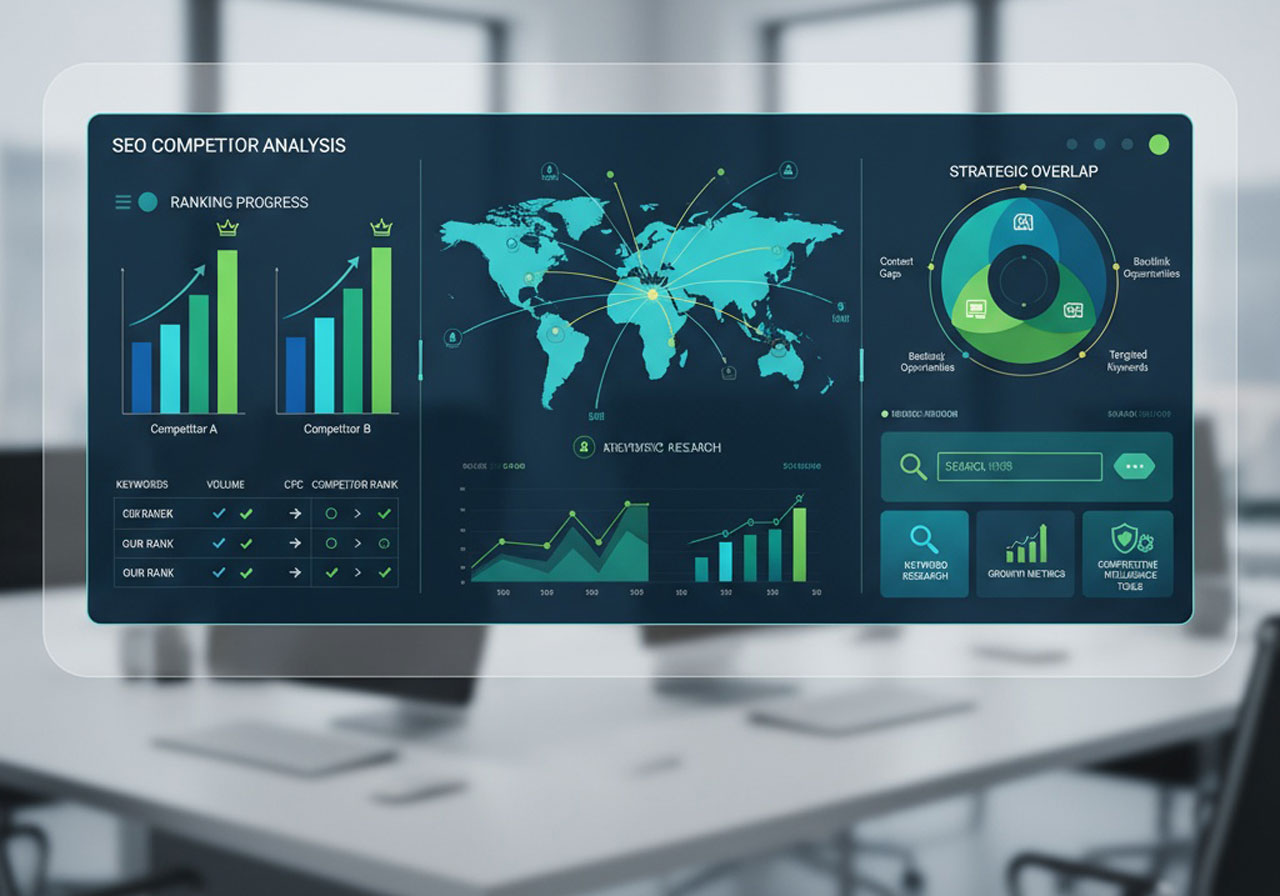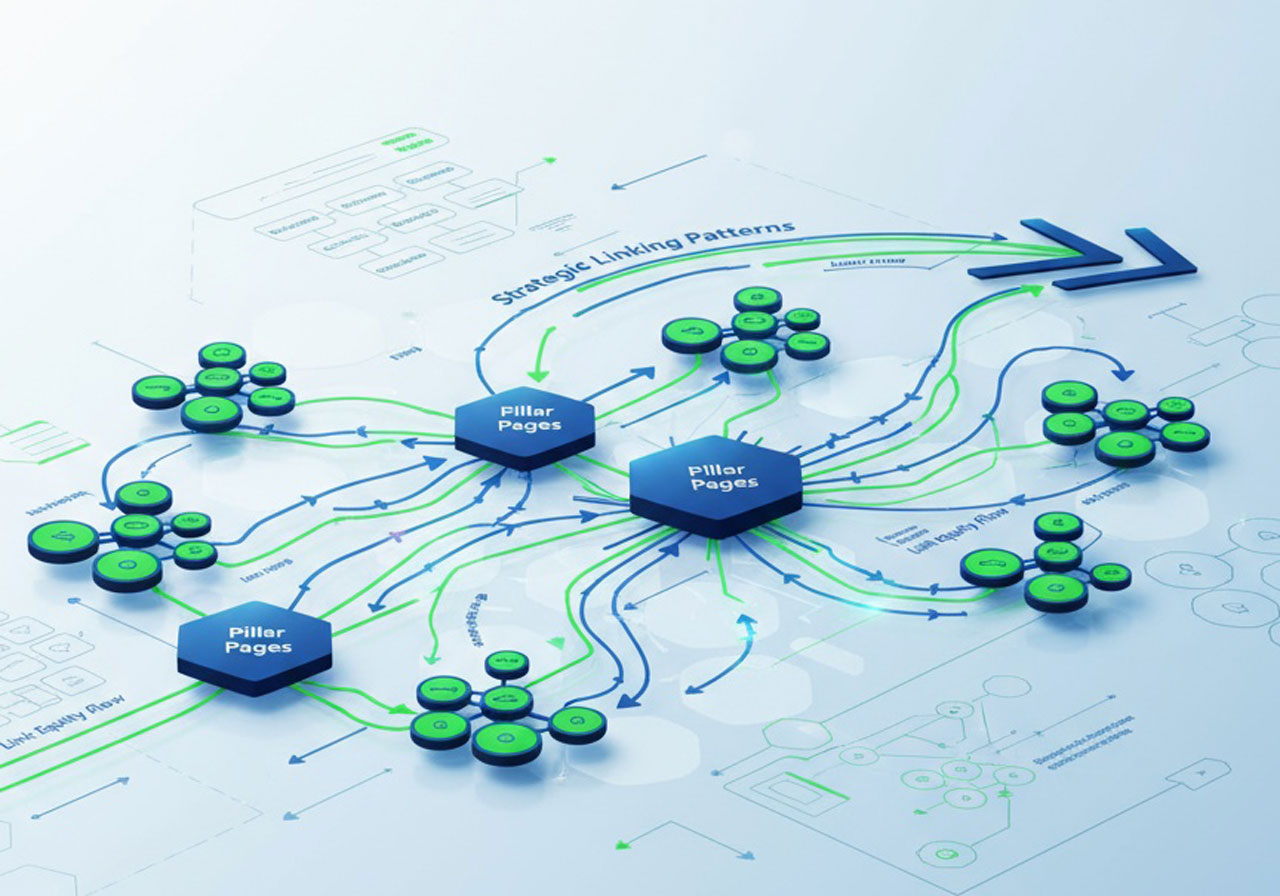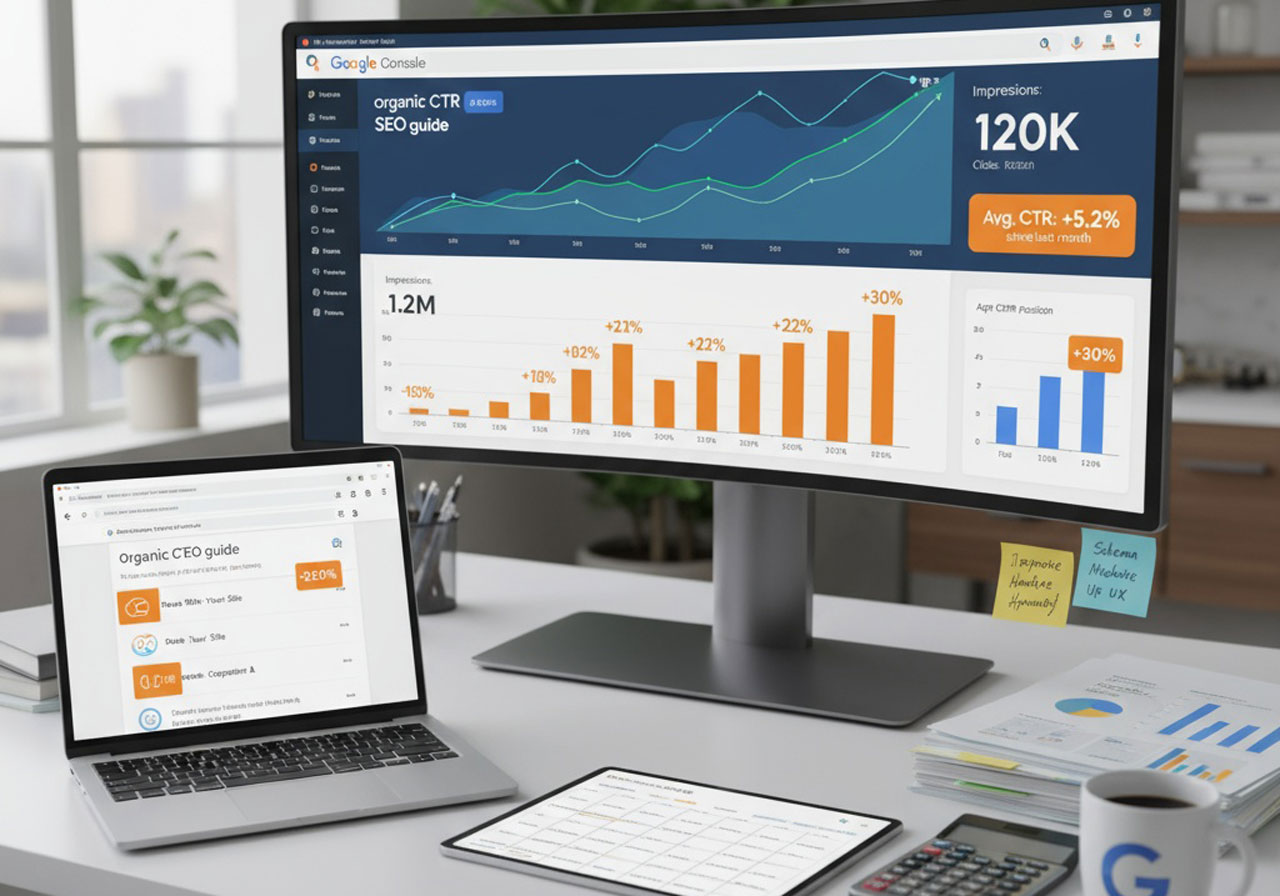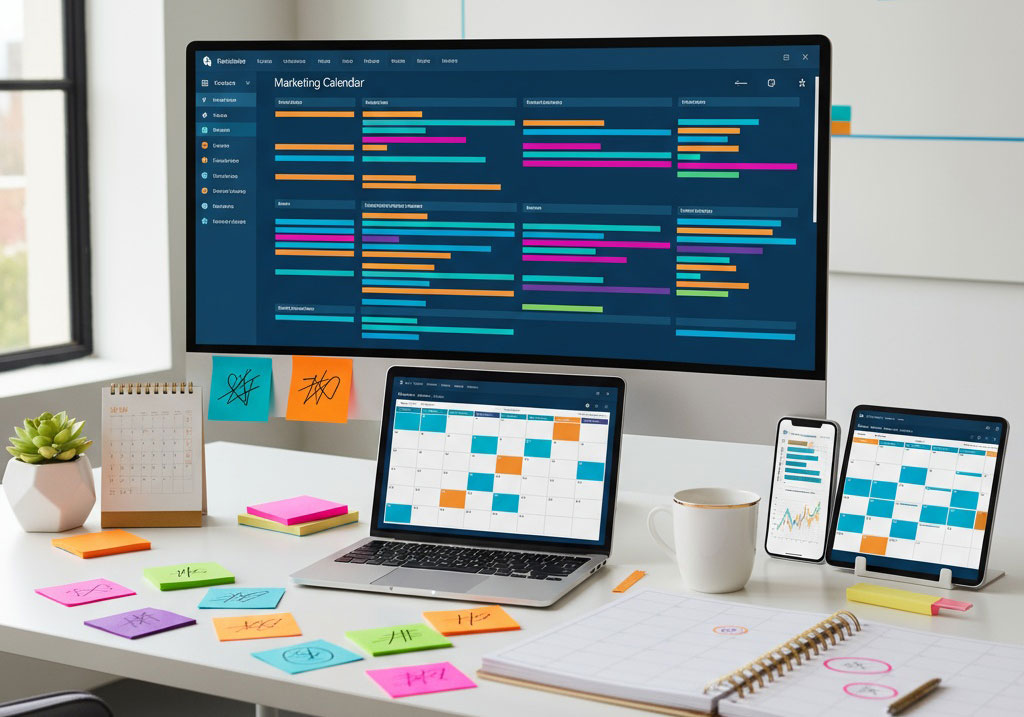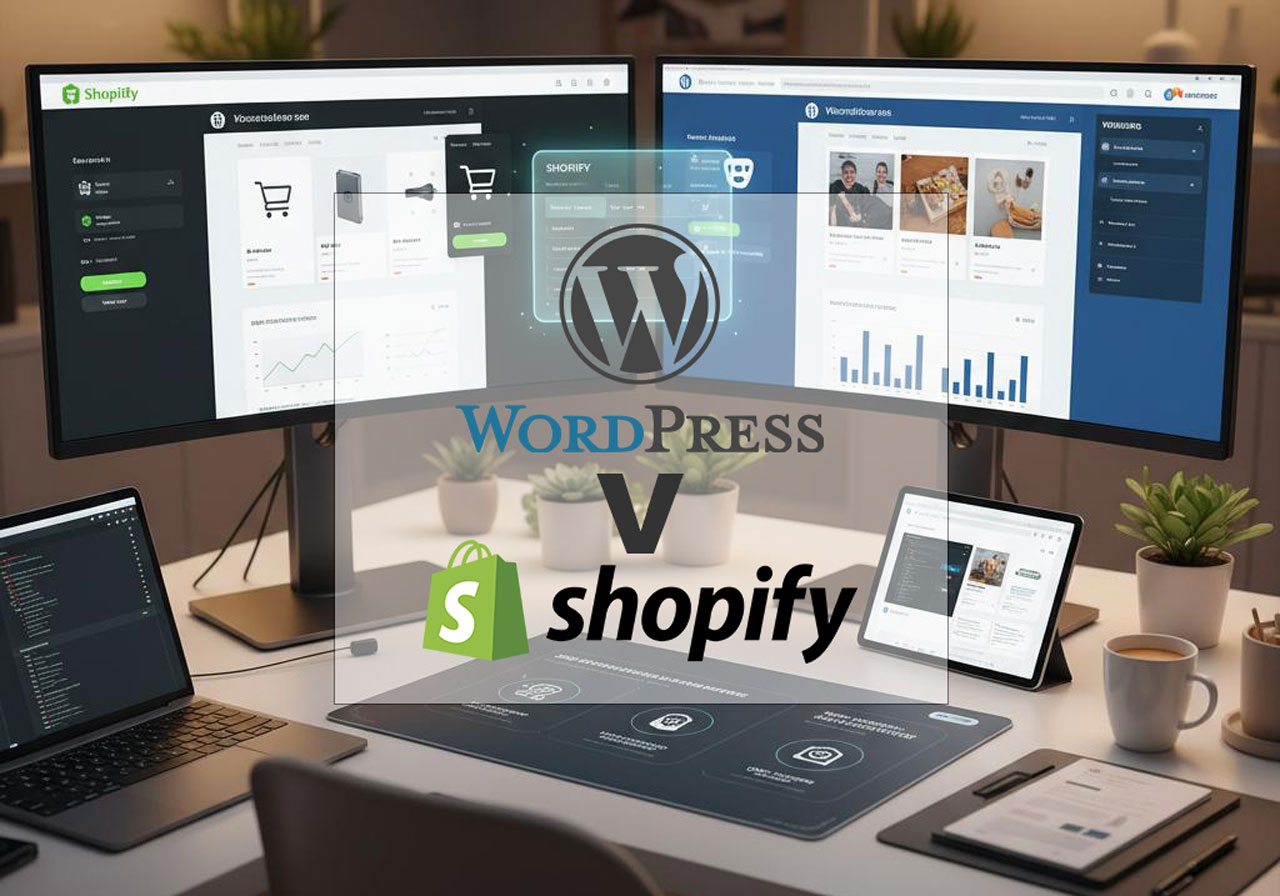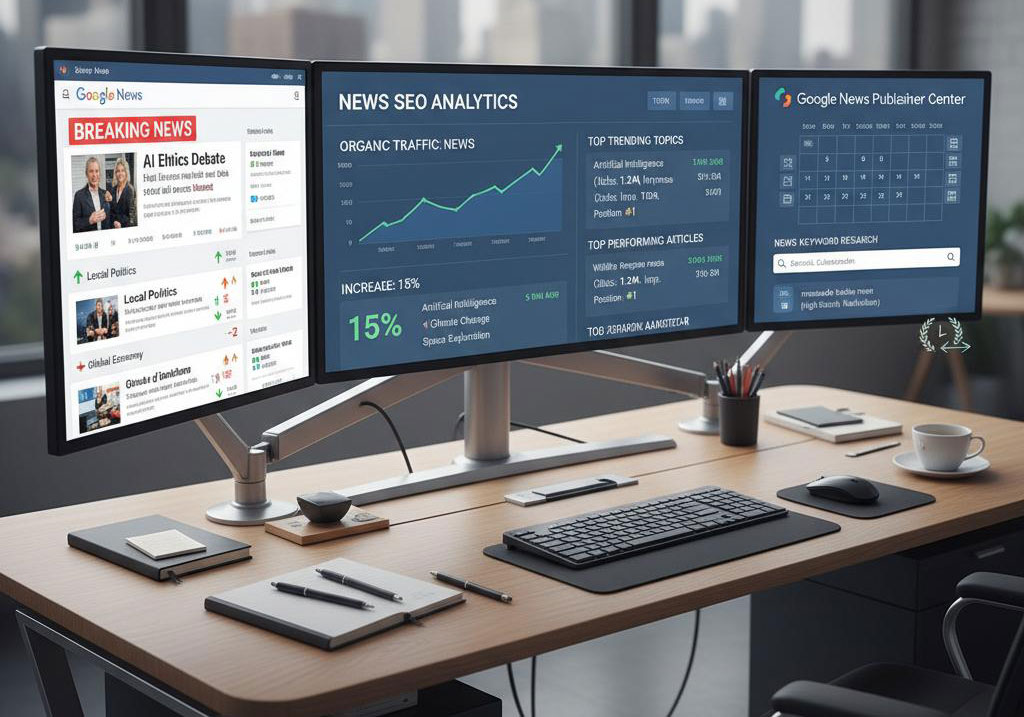Internal linking is one of the most powerful yet underutilized SEO tactics that can dramatically improve your website’s search engine rankings. When implemented correctly, internal links help search engines understand your site structure while distributing link equity throughout your pages.
What Are Internal Links and Why They Matter for SEO
Internal links are clickable hyperlinks that connect one page to another page within the same domain. Unlike external links that point to other websites, internal links keep users within your site ecosystem while serving multiple SEO purposes.
Internal linking benefits include:
- Enhanced crawlability for search engine bots
- Improved user experience and navigation
- Strategic link juice distribution
- Better topical authority establishment
- Increased dwell time and reduced bounce rates
Internal Links vs External Links: Understanding the Difference
Understanding the distinction between internal and external linking strategies is crucial for effective SEO implementation.
Internal links connect pages within your domain and serve to:
- Guide users through your conversion funnel
- Distribute PageRank and authority
- Improve site architecture
- Enhance user engagement metrics
External links point to other domains and help:
- Build topical relevance through citations
- Establish domain authority through quality references
- Create potential backlink opportunities
How Internal Links Boost SEO Performance
Search Engine Crawlability and Indexation
Internal linking creates pathways for search engine crawlers to discover and index your content efficiently. Google’s bots follow these links to understand your site’s hierarchy and content relationships.
Key crawlability benefits:
- Faster page discovery and indexation
- Better understanding of content relationships
- Improved site architecture recognition
- Enhanced crawl budget optimization
Link Equity Distribution and Authority Transfer
Internal links act as conduits for link equity transfer, allowing high-authority pages to boost the rankings of less powerful pages through strategic linking.
PageRank distribution principles:
- High-authority pages can elevate weaker content
- Strategic anchor text placement improves relevance signals
- Contextual linking provides stronger authority transfer
- Topic clustering enhances topical authority
Building an Effective Internal Linking Strategy
Site Architecture and Structure Planning
Creating a logical site structure forms the foundation of successful internal linking. The ideal architecture follows a pyramid approach with clear hierarchical relationships.
Recommended structure elements:
- Homepage at the top level
- Category pages for main topics
- Subcategory pages for specific themes
- Content pages for detailed information
Identifying and Creating Pillar Pages
Pillar pages serve as comprehensive resources covering broad topics, typically targeting high-volume keywords. These pages become the cornerstone of your topic clusters.
Effective pillar page characteristics:
- Target broad, high-search-volume keywords
- Provide comprehensive topic coverage
- Link to multiple related cluster pages
- Serve as conversion funnel entry points
Topic Clustering for Topical Authority
Topic clusters group related content around central themes, creating strong topical authority signals for search engines.
Cluster development strategy:
- Central pillar page targeting main keyword
- Multiple cluster pages covering subtopics
- Bidirectional linking between pillar and clusters
- Semantic keyword coverage across cluster
Authority Page Identification and Link Distribution
Identifying your highest-authority pages enables strategic link equity distribution to boost underperforming content.
High-authority page indicators:
- Strong backlink profiles
- High organic traffic volumes
- Established search rankings
- Strong user engagement metrics
Internal Linking Best Practices and Optimization
Strategic Anchor Text Optimization
Anchor text optimization for internal links requires balancing keyword relevance with natural language flow. Unlike external links, internal anchor text can be more keyword-focused.
Anchor text best practices:
- Use descriptive, keyword-rich phrases
- Avoid generic terms like “click here”
- Keep anchor text concise (2-5 words)
- Ensure contextual relevance to linked content
Contextual vs Navigational Linking
Contextual links within content typically carry more SEO weight than navigational links in menus or sidebars.
Contextual linking advantages:
- Higher click-through rates
- Stronger relevance signals
- Better user experience
- More natural link integration
Link Placement and Frequency
Strategic link placement within content improves both user experience and SEO performance. Optimal placement considers user reading patterns and content flow.
Effective placement strategies:
- Above-the-fold links for important pages
- Natural integration within content flow
- Related content suggestions at content end
- CTA-driven links for conversion optimization
Common Internal Linking Issues and Solutions
Broken Links and 404 Errors
Broken internal links waste crawl budget and create poor user experiences. Regular auditing helps identify and fix these issues promptly.
Broken link solutions:
- Implement 301 redirects for moved content
- Update links to reflect current URLs
- Remove links to permanently deleted pages
- Use site audit tools for regular monitoring
Orphaned Pages and Poor Link Distribution
Orphaned pages receive no internal links, making them invisible to both users and search engines. These pages often contain valuable content that’s underperforming due to poor internal linking.
Orphaned page solutions:
- Identify pages with zero or minimal internal links
- Create contextual links from relevant content
- Include in related content suggestions
- Add to sitemap and navigation menus
Over-Optimization and Link Spam
Excessive internal linking can appear spammy and dilute link equity. Balance is key to effective internal linking strategy.
Over-optimization indicators:
- Excessive links per page (100+ links)
- Keyword stuffing in anchor text
- Irrelevant or forced link placement
- Repetitive linking patterns
Technical Internal Linking Considerations
Crawl Depth and Click Distance
Crawl depth affects how easily search engines can discover and index your content. Pages requiring more than 3-4 clicks from the homepage may receive less crawl priority.
Crawl depth optimization:
- Reduce click distance for important pages
- Create hub pages for deep content
- Implement breadcrumb navigation
- Use XML sitemaps for deep page discovery
Redirect Chains and Loops
Redirect chains and loops waste crawl budget and slow page loading. Clean redirect structures improve both SEO and user experience.
Redirect optimization:
- Eliminate redirect chains (A→B→C becomes A→C)
- Fix redirect loops immediately
- Update internal links to final destinations
- Monitor redirects during site migrations
HTTPS and Security Considerations
Mixed HTTP/HTTPS linking can trigger security warnings and waste crawl budget. Consistent HTTPS implementation across all internal links is essential.
HTTPS optimization:
- Update all internal links to HTTPS versions
- Implement HSTS headers for security
- Fix mixed content warnings
- Audit links after SSL implementation
For more advanced internal linking strategies and technical SEO guidelines, check out Google’s comprehensive guide
Measuring Internal Linking Success
Key Performance Indicators
Tracking internal linking performance requires monitoring multiple metrics that indicate improved SEO and user engagement.
Essential KPIs:
- Organic traffic growth to linked pages
- Improved search rankings for target keywords
- Increased page views per session
- Reduced bounce rates
- Enhanced conversion rates
Tools for Internal Link Analysis
SEO tools provide insights into internal linking effectiveness and identify optimization opportunities.
Recommended tools:
- Google Search Console for crawl analysis
- Screaming Frog for comprehensive site audits
- Ahrefs for link equity analysis
- SEMrush Site Audit for technical issues
Advanced Internal Linking Strategies
Siloing and Thematic Grouping
Content siloing organizes related content into thematic groups, strengthening topical authority and improving search rankings.
Siloing benefits:
- Enhanced topical relevance
- Improved user navigation
- Stronger authority signals
- Better content organization
Seasonal and Temporal Linking
Seasonal internal linking strategies capitalize on search trends and user behavior patterns throughout the year.
Temporal strategies:
- Link to seasonal content during relevant periods
- Update product pages with seasonal offerings
- Create event-driven content hubs
- Implement trending topic linking
Conversion-Focused Internal Linking
Conversion-focused linking guides users through the sales funnel while maintaining SEO benefits.
Conversion optimization:
- Link from informational content to product pages
- Create comparison page networks
- Implement testimonial page linking
- Use case study content for authority building
Internal Linking Audit and Maintenance
Regular Audit Processes
Internal linking audits should be conducted regularly to maintain SEO performance and identify new opportunities.
Audit checklist:
- Broken link identification and fixing
- Orphaned page discovery and integration
- Anchor text optimization review
- Link distribution analysis and rebalancing
Automation and Monitoring
Automated monitoring tools help maintain internal linking health without constant manual oversight.
Automation benefits:
- Real-time broken link detection
- Scheduled comprehensive audits
- Performance tracking and reporting
- Issue prioritization and alerts
Conclusion: Maximizing Internal Linking ROI
Internal linking remains one of the most cost-effective SEO strategies available. When implemented strategically, it improves crawlability, distributes link equity, and enhances user experience simultaneously.
Key takeaways for internal linking success:
- Develop comprehensive site architecture before linking
- Create topic clusters around pillar pages
- Use descriptive anchor text with relevant keywords
- Regularly audit and maintain internal links
- Focus on user experience alongside SEO benefits
Successful internal linking requires ongoing attention and optimization. Start with site structure planning, implement strategic linking, and continuously monitor performance to maximize your SEO ROI.
Ready to improve your internal linking strategy? Start by auditing your current internal links and identifying opportunities for topic clustering and authority distribution. Remember, internal linking is a long-term SEO strategy that compounds over time.

